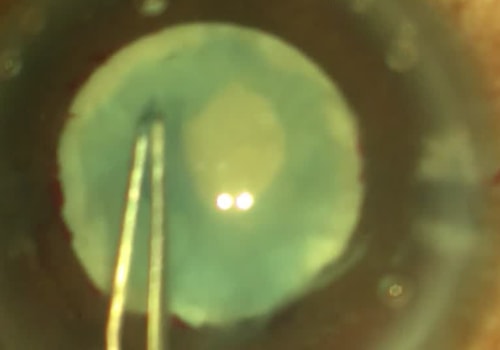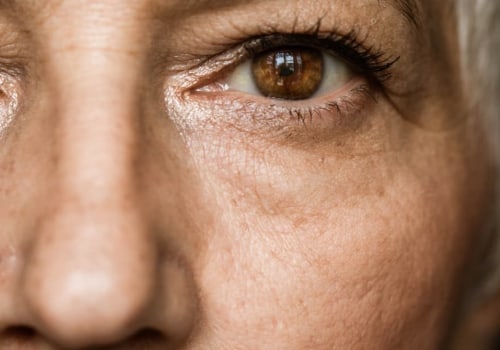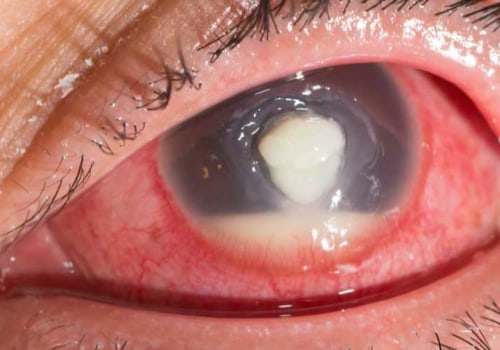The oxysterol compound works by interacting with proteins essential for lens transparency. In a small number of mice, the compound reduced cataracts and restored the protein organization of the lens. It also improved the focus of the lens, although some cataracts were not affected. The team is now working to replicate the findings in human clinical trials.
Drop-on-demand therapy is another non-invasive treatment option for cataracts. It may be less expensive than surgery and can help slow down the progression of cataracts. The therapy involves applying a drop directly to the eye, which can improve vision.
Laser surgery is another option for cataract treatment without surgery. It uses laser technology to make a small incision in your eye and break up the cataract. Then, the cloudy lens is removed, and a new artificial lens is inserted into your look. The procedure is painless and can improve your vision, although you may see a kaleidoscope of lights in your field of vision for a short time.
Laser cataract surgery is more accurate than traditional cataract surgery, meaning your surgeon can make precise incisions and place the intraocular lens (IOL) more accurately. This also means you can have a more reliable extended depth of focus lens implant. It may also reduce your need for glasses.
Cataract treatments without surgery are still in their early stages of development, but they offer hope for those who cannot afford or do not want to undergo surgery. While these treatments may not be the panacea that researchers had hoped for, they could be a good step toward a drug-based treatment.



